Fabled Italian design house Pininfarina has unveiled a wild design study for a 2+2 grand tourer with a radical powertrain featuring both a hydrogen combustion engine and an electric motor – and has hinted that it wants to develop a real version in the coming years.
The new Enigma GT has been shown at the Geneva motor show. It currently only exists as a ‘virtual’ concept, but the Italian firm says that it is intended to “provide a glimpse” into its “forward-thinking missions” by showcasing future design trends and technology. Pininfarina says that the concept will be further developed ahead of its 95th anniversary next year.
Pininfarina claims that the Enigma GT represents a “journey that will unfold over time”, saying that it has “deliberately withheld” full design details at this stage. Creative chief Felix Kilbertus said the model was “something still a little mysterious, a first step in solving a tricky problem”.
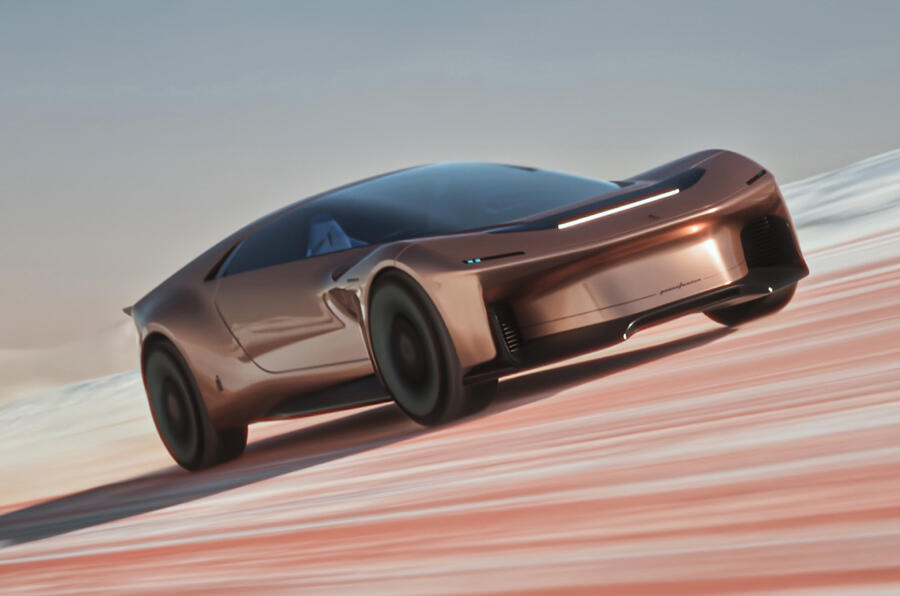
He added that the choice of a grand tourer was because the firm wanted “to offer a fresh perspective on what everyday driving pleasure might mean for a new generation”.
The car is a 2+2 GT with a layout that mimics a mid-rear engine layout. At 4580mm it is relatively short for a GT, while the stretched wheelbase of 2880mm is intended to maximise interior space.
Pininfarina said the all-wheel-drive powertrain has been selected for a combination of “weight containment, driving fun and sustainability”. It features a 436bhp 2.5-litre turbocharged V6 hydrogen-powered internal combustion engine that drives the rear wheels, supplemented by an electric motor on the front axle that adds up to 268bhp.
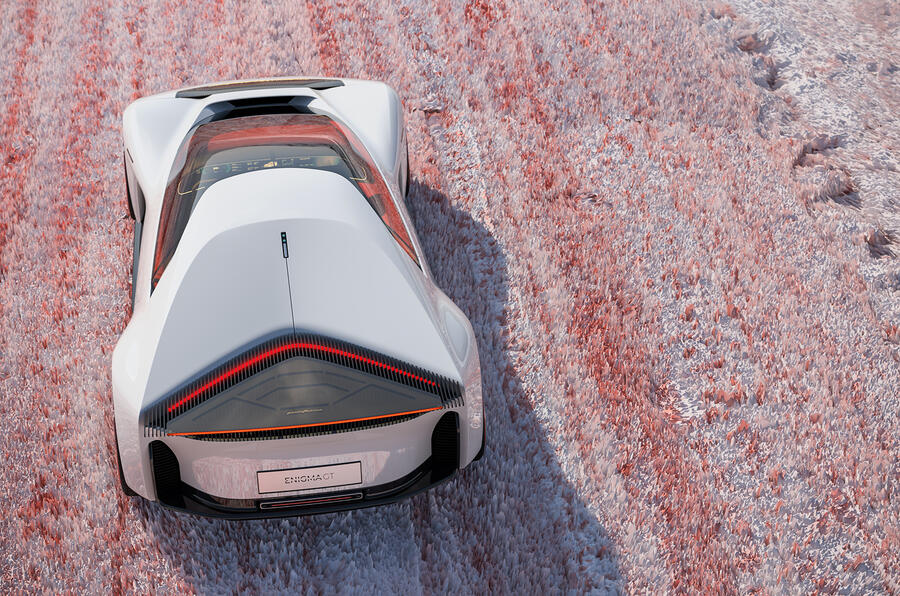

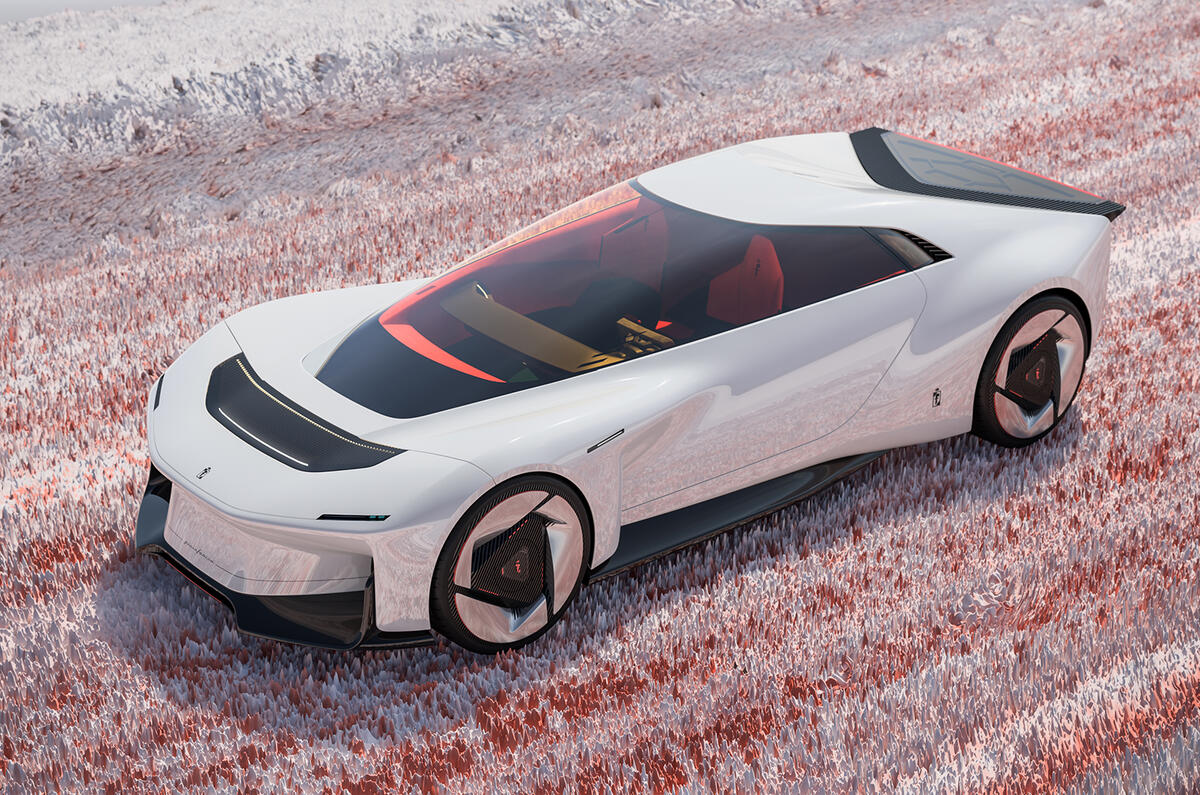

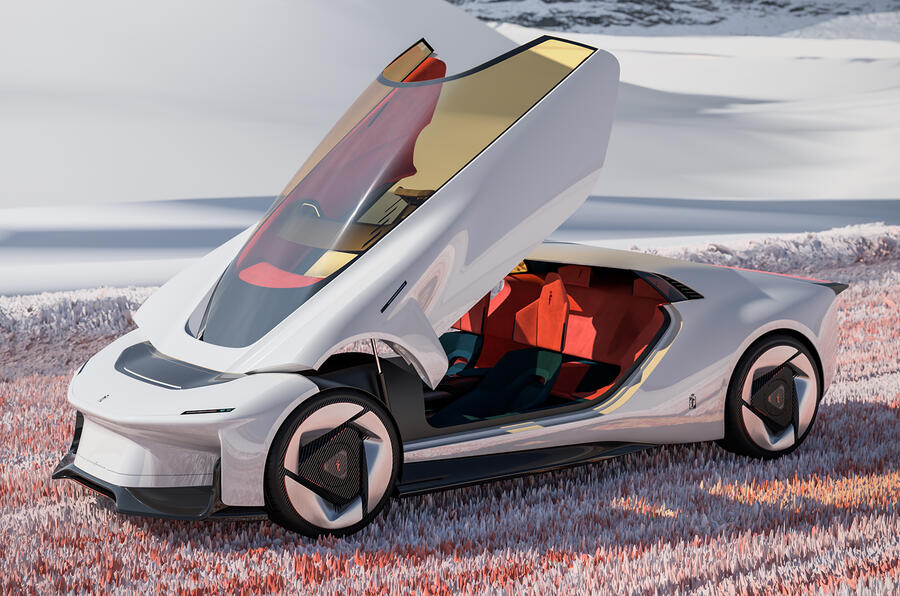
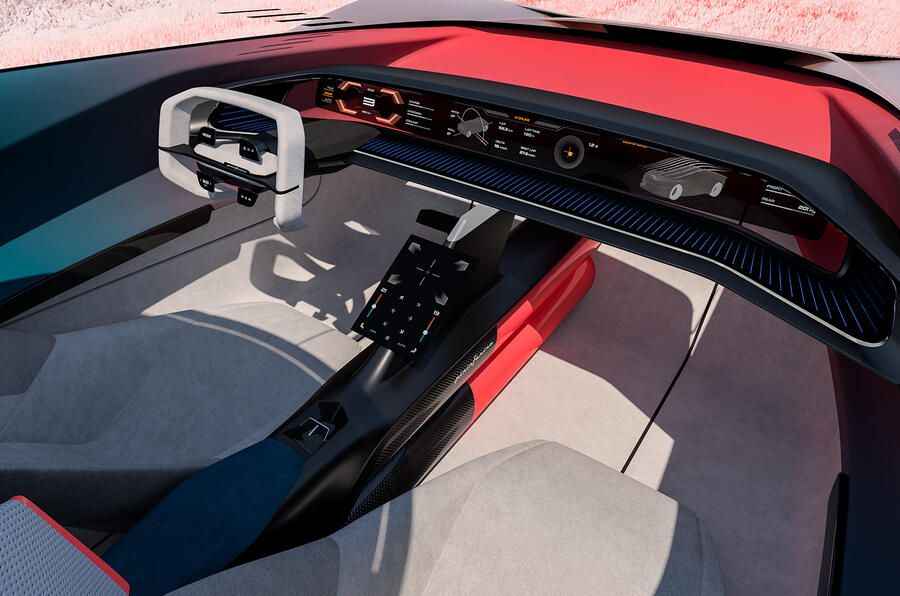





Join the debate
Add your comment
Bit retro concept car , nice to see hydrogen getting used.